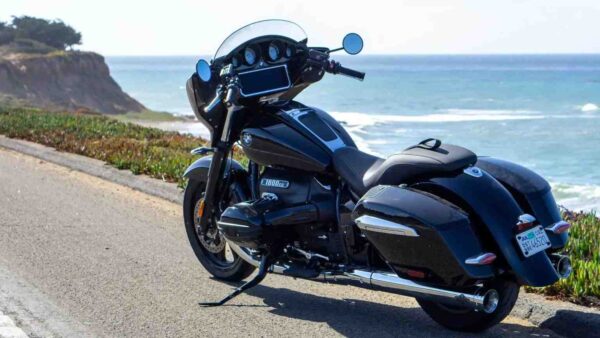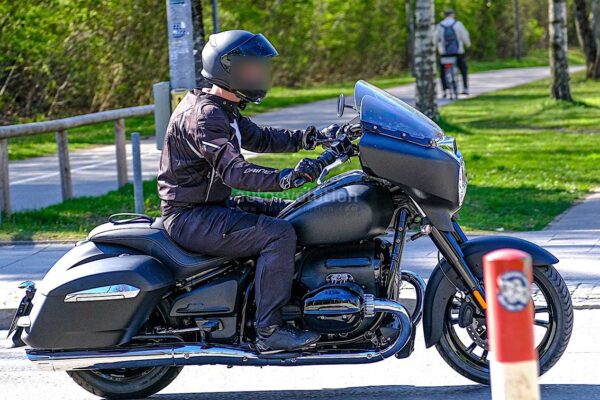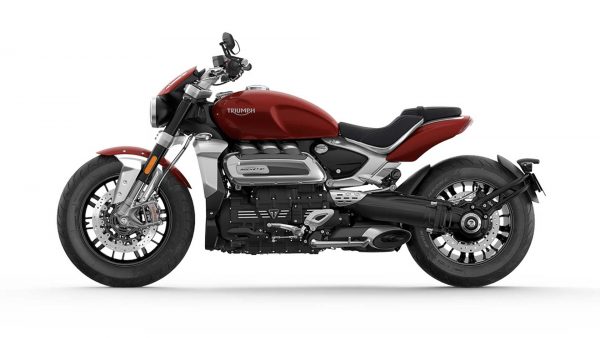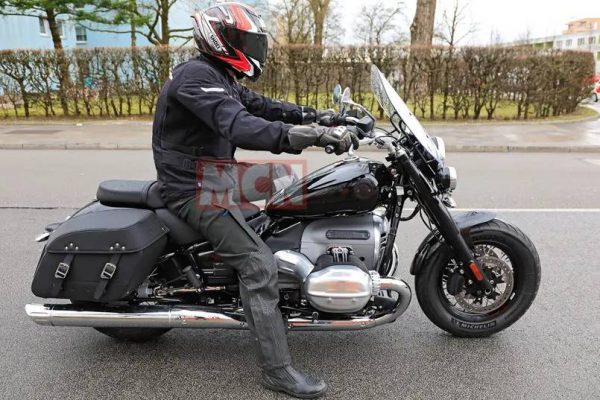First Ride Review of 2022 BMW R 18 B
by Dustin Wheelen from https://www.rideapart.com A Tour(ing) De Force – Conquering California’s coast with a Bavarian bagger. BMW made no bones about moving in on the Harley-dominated cruiser market when it launched the R 18 in April, 2020. Drawing from the Motor Company’s Softail Slim, the Bavarians literally took a page out of Harley’s book to attract buyers. BMW then returned to the well in October, 2020, introducing the R 18 Classic. Equipped with leather bags and a large windshield, the variant shared more than a moniker with Harley’s Heritage Classic. That first offensive wasn’t BMW’s endgame, however. To truly hit the Harley where it hurts, the company went after the Bar and Shield’s bread and butter: the grand touring segment. Released in July, 2021, the R 18 B added long-distance comfort and convenience to the platform’s repertoire. BMW did more than just slap on a full-size fairing and hard bags though. The House of Munich re-engineered the chassis to suit the cruiser’s new touring ambitions as well. A 19-inch front wheel steps in for the R18’s 16-incher, the rake tightens to 27.3 degrees, and the wheelbase shrinks to 66.7 inches. That revised double-loop frame not only accommodates two-up touring but also lightened the standard model’s heavy steering. BMW addressed another common R 18 complaint when it increased the bagger’s rear suspension travel to 4.7 inches while adding position-dependent damping and hydraulically adjustable ride height. The advanced technology doesn’t stop at the tail end though. The new front fairing houses the IMAX of all motorcycle displays, a 10.25-inch-wide, HD resolution (1920 x 720) TFT dash. On the left switchgear, BMW’s trademark WonderWheel makes its R 18 debut, allowing riders to scroll through the bike’s diagnostics, settings, and available navigation. The Marshall stereo system encourages users to jam out to local […]
First Ride Review of 2022 BMW R 18 B Read More »




